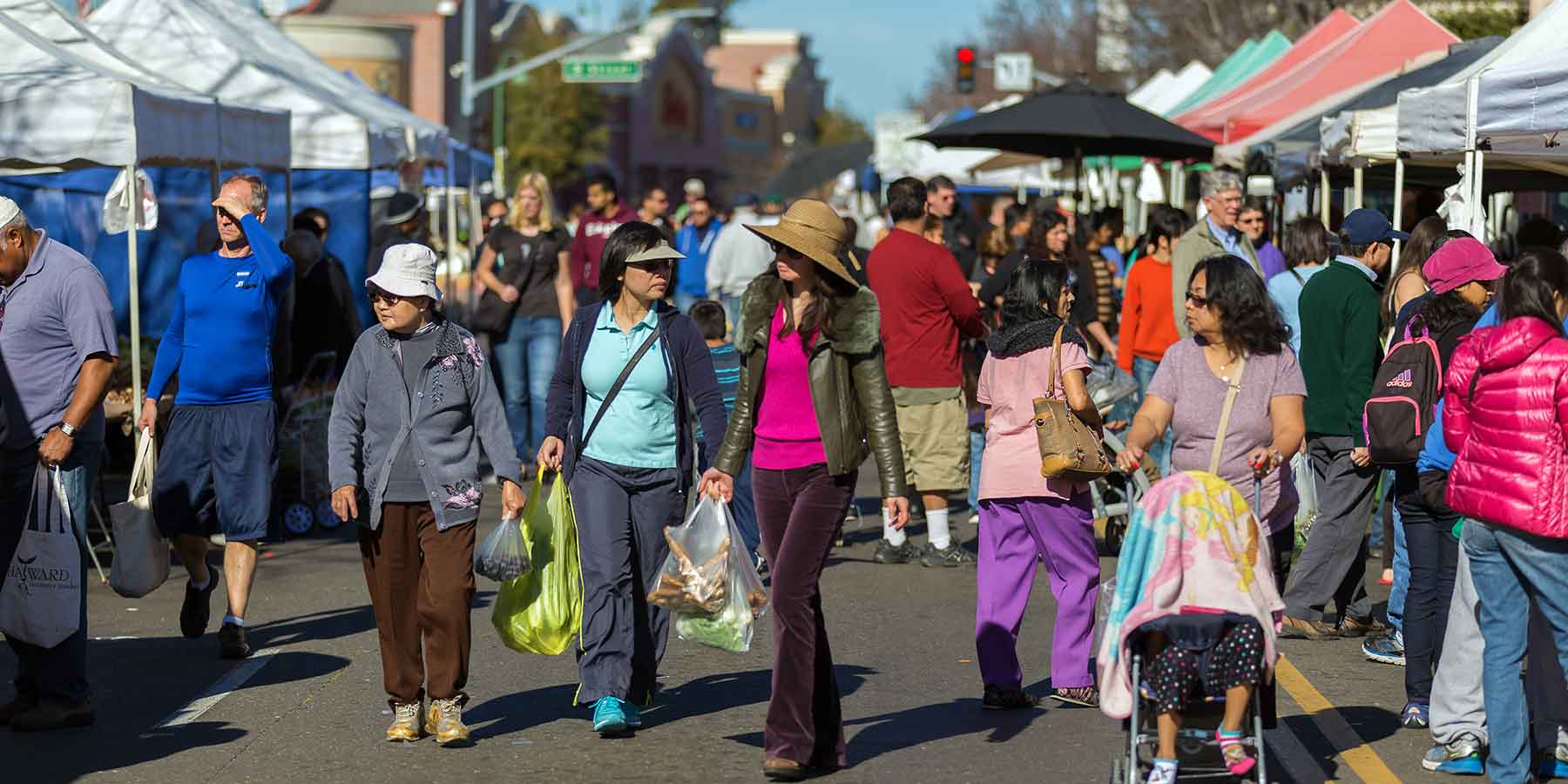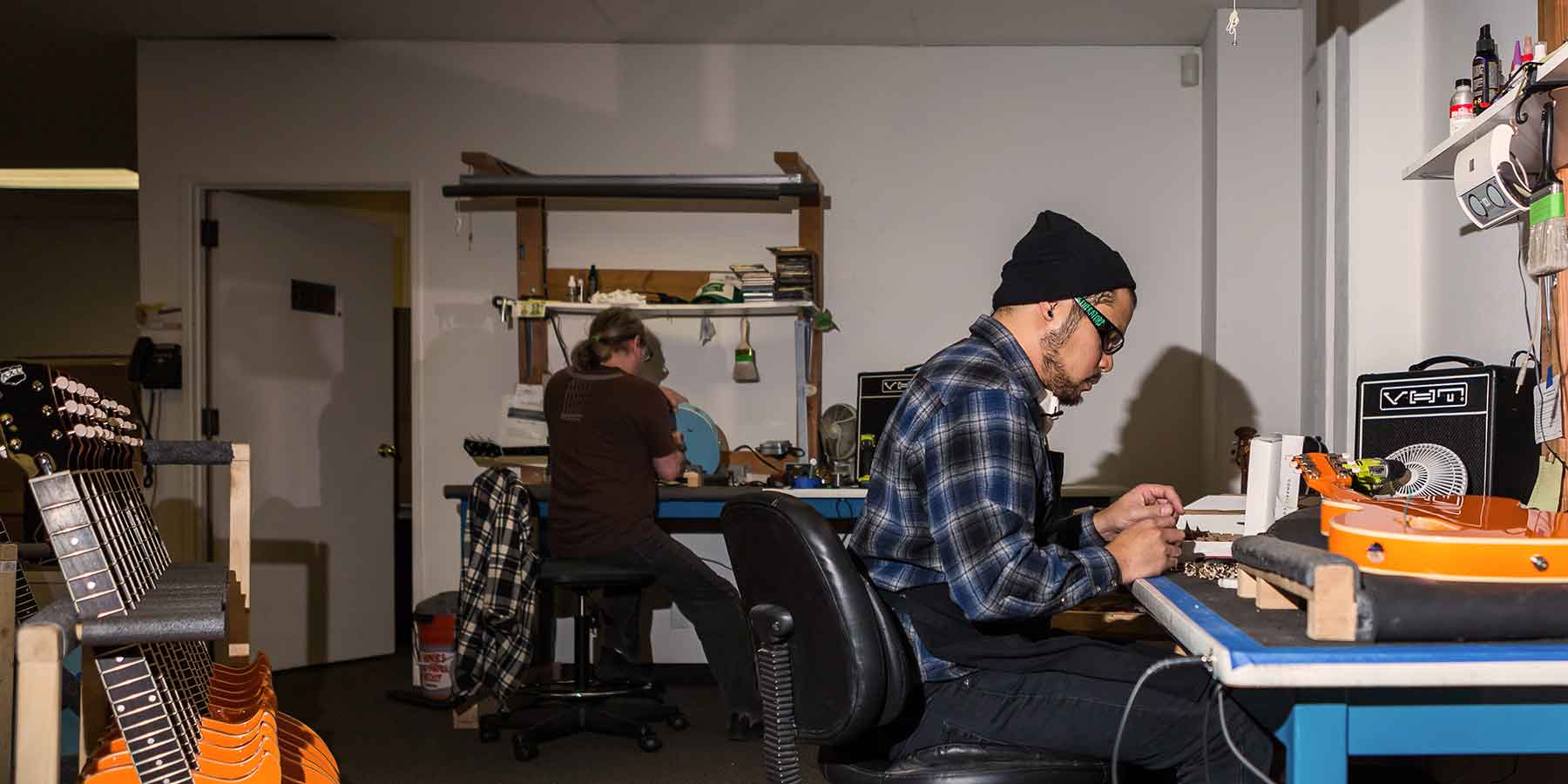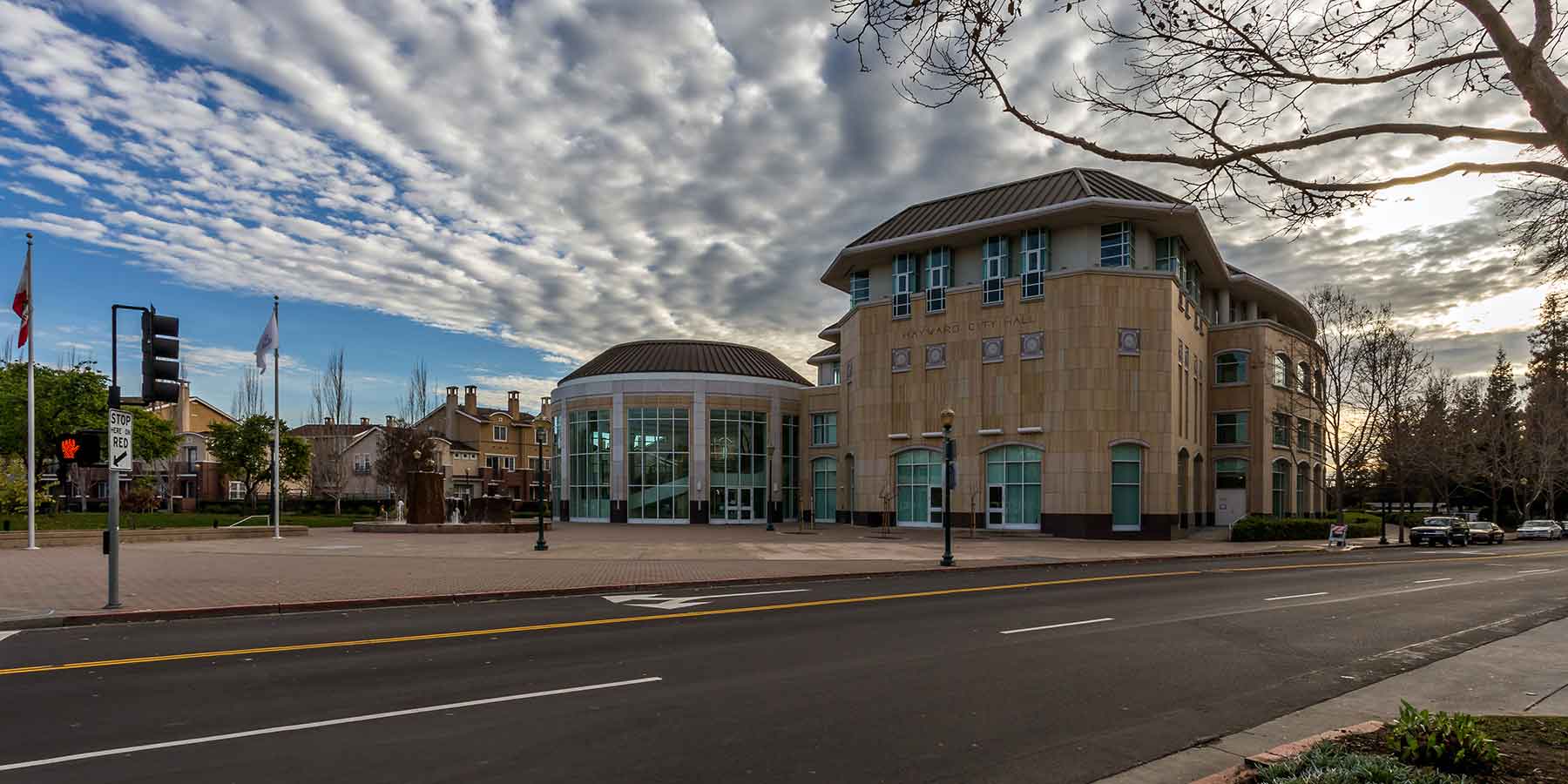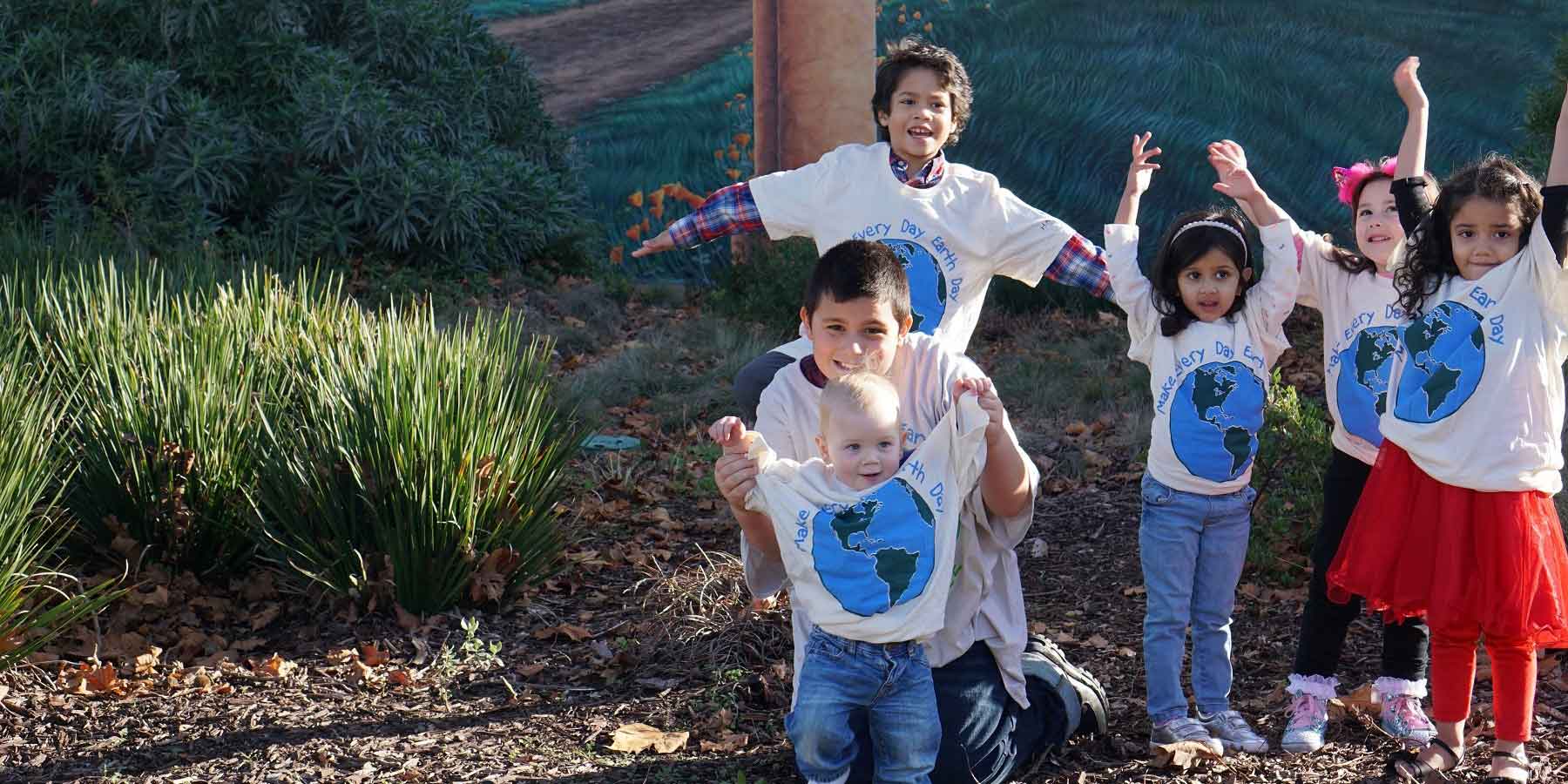Culture, Heritage & Community Wellness

This part of the Hayward Food Action Plan emphasizes the importance of maintaining cultural food traditions while also promoting overall community health and well-being. This can involve initiatives such as supporting local food markets, traditional cooking classes, and community gatherings that revolve around food. The goal is to ensure that food not only nourishes the body but also sustains cultural identity and strengthens the sense of belonging within a community.
Highlights & Opportunities
Hayward is rich in knowledge, passion, and dedication
Hayward is a diverse community with 39 percent Hispanic or Latino, 29 percent Asian, 16 percent White, and 11 percent two or more races.
Its population has a wealth of generational knowledge of agricultural practices, health, and nutrition from different cultural backgrounds. The opportunity to link Hayward’s youth to this knowledge not only benefits their personal development, but also teaches them to be proud of their backgrounds and deepens their cultural roots.
This was most apparent during the pilot internship program coordinated with Hayward Unified School District, Eden Area Regional Occupational Programs, and Forest.org.
Tennyson Farm, Eden Area ROP’s Garden, and Forestr.org are just a few examples of grassroots projects that nurture community connection through food in and around Hayward. Other examples include the Hayward Community Garden, Hazel Garden, Lydia’s Farm, Brown Girl Farms, Dig Deep Farm and Food Hub.
It’s only natural these activities are occurring in Hayward given that the area was a predominantly agricultural area until the 1960s. The transition from being a predominantly agricultural community to suburban community left behind fertile, low pest land. As a result, Hayward has an abundant inventory of formerly agricultural land, much of it owned by the City and Hayward Unified School District.
Food providers struggle to keep up with changing client demographics
Prior to the pandemic, the service population for Eden United Church of Christ’s food distribution was 88 percent Latino or Hispanic. It is now 47 percent Asian or Pacific Islander and 43 percent Latino or Hispanic.
This demographic shift was echoed by other service providers presenting obstacles to access additional resources for these new populations including offering translation services, updating outreach and operations materials, and procuring food that is culturally relevant.
Not only are organizations sensitive to providing food that is appropriate to specific cultures, but they also aim to meet the dietary needs of the clients. In a survey performed by Cal State University East Bay interns at South Hayward Parish, 47.1% of survey participants stated they are diabetic or had little to no tolerance to sugar.
Alameda County Communtiy Food Bank is engaged in conversations around food procurement needs in Hayward and are consistently working towards meeting the food preferences and dietary needs of clients.
Disconnected stream of local resources
One of the gaps brought up by partners was that there is no centralized stream of communication for the community to access localized information on resources for where they can find food or where they can grow food.
Individual organizations do their own targeted outreach for their specific programming, groups like the South Hayward Neighborhood Collective meet monthly to share information with one another, and the school district has Family Engagement Specialists that coordinate community newsletters.
Additionally, the City’s Library Department hosts a Community Resource Guide and shares information onsite, Alameda County also has their 211 site which provides general information on services. However, partners expressed the need for an easily accessible, dedicated, central landing page specific to the Hayward area that brings together these different networks and resources for the whole community.
What else have we learned
Existing Assets
- Hayward Area Parks and Recreation District recently opened the renovated Hayward Community Gardens, which has 70 garden plots for rent.
- The UC Master Gardener Program of Alameda County has a successful program to certify community volunteers to provide trainings and demonstrations. These are occurring periodically in Hayward, including at the Hayward Community Gardens.
- After disruptions due to the pandemic, the Hayward Seed Lending Library program has relaunched in-person classes and events.
- Established in late 2019, Forestr.org is providing innovative programming to activate public spaces in Castro Valley and north Hayward. They are now sponsoring the lease for the longstanding Hazel Community Garden on Main Street.
- UC Berkeley Cooperative Extension launched a mapping tool this month to identify existing urban farms and gardens. We can use this tool to document assets in Hayward.
Challenges and Gaps in Service
The primary challenge identified by providers is a lack of funding and capacity. All partners enthusiastically recognize the benefits of multi-cultural programming around food and growing food, but no agency currently has the resources to expand offerings, which are relatively limited in Hayward compared to neighboring jurisdictions.
Project Eat, a program of Alameda County Office of Education, was a critical provider of these services in Hayward schools until recently. The program lost funding over the past several years and has left a gap as well as underused gardens boxes on school campuses.
As mentioned above, language access is an ongoing challenge.








